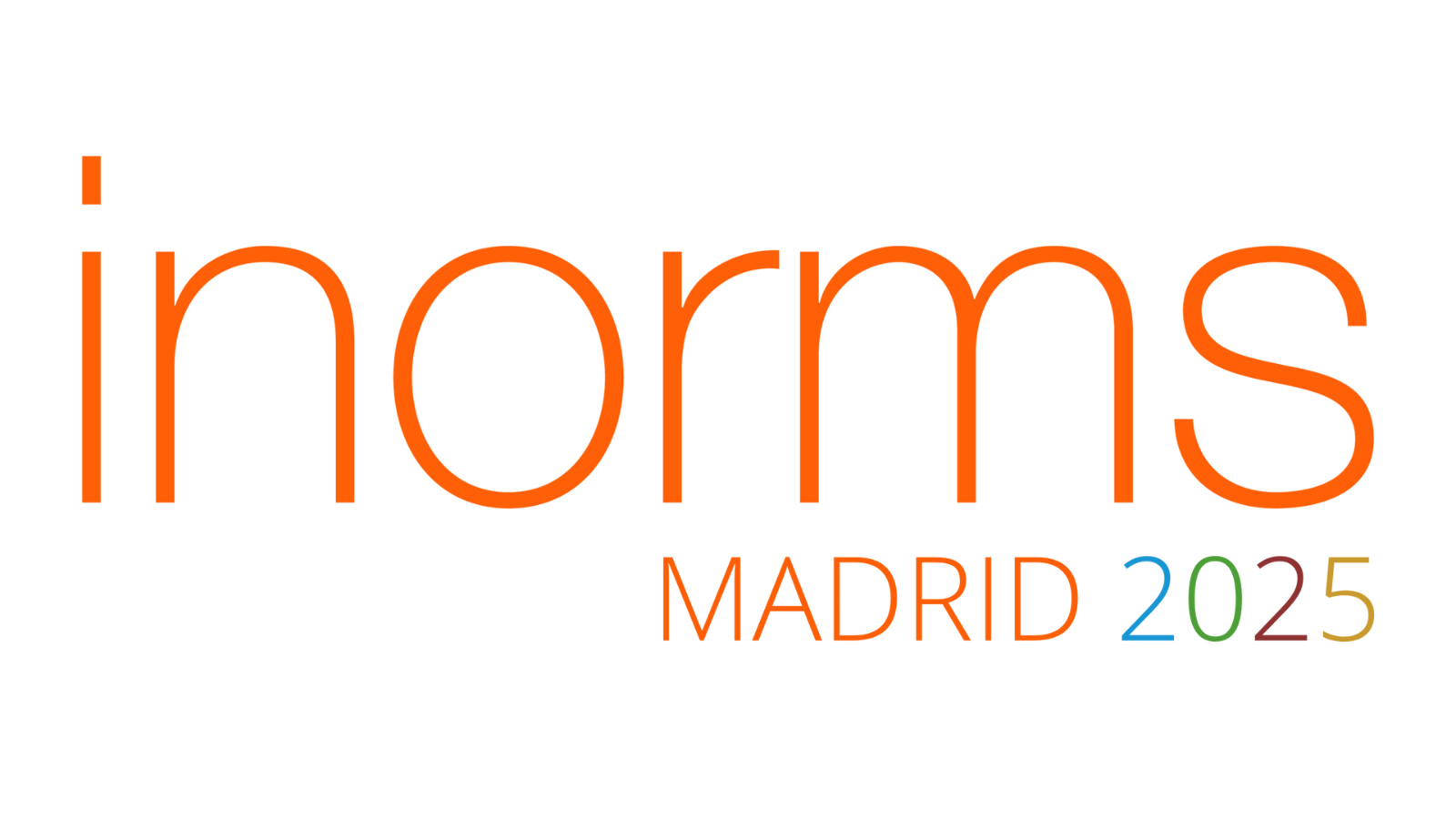How to engage a national RMA community?
Best practices of RMA community engagement in Portugal – ideas from the RM-ROADMAP project
Conference
Format: Fifteen-Minute Discussion Tables
Topic: 8. Sustainability in RMA
Abstract
The past few years have seen the rise of several initiatives that attempt to both define and help solidify the profile of the RMA professional in Europe which call for an active participation of the community. In countries where there is no formal RMA association (either no association at all or an informal one, such as in Portugal...) it is rather difficult to engage the community / obtain feedback on a sustained basis.
In Portugal, RMA professionals are represented by PIC, an active but informal national network driven by a small group of volunteers. While it aims to include all RMA professionals, some groups remain underrepresented and do not fully identify with its scope, which limits their engagement. This also makes obtaining global snapshots of the community - most commonly through surveys – a highly challenging task.
In the scope of the EU RM-ROADMAP project, teams of national Ambassadors (two main, two associate) were formed to mobilize their national RMA communities to engage with the project initiatives and gather input on their individual experiences as RMA professionals. The Portuguese National ambassadors have different backgrounds and experiences and were expected to reach a wide audience across different RMA sectors. However, their initial outreach effort yielded only 10 responses out of 800 potential participants. In view of this, the Portuguese Ambassador team re-evaluated their strategy, employing a broader range of methods to engage and motivate RMA professionals to participate in future sessions.
This discussion table will explore the various approaches adopted by the Portuguese ambassadors to mobilize their national RMA community to participate in RMA-relevant events and collect meaningful feedback. Attendees will be encouraged to share their own experiences with community engagement, drawing from both EU and non-EU contexts. Best practices will be identified, and a collaborative document co-created by presenters and attendees will summarize the collective insights.


